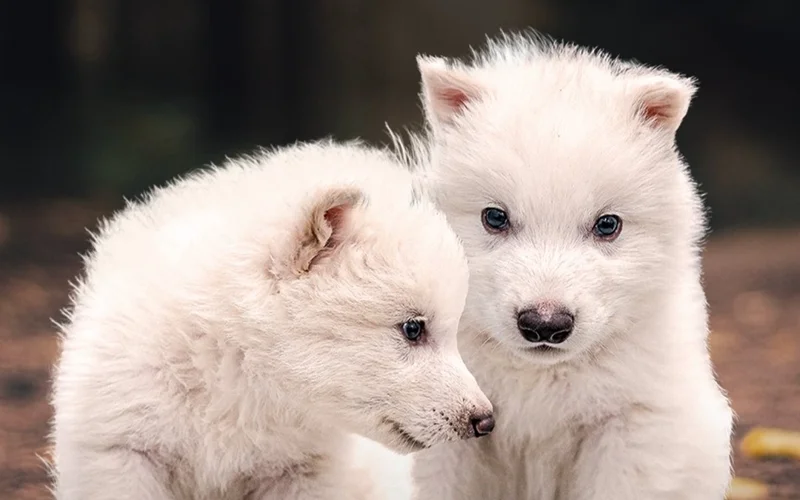Dire wolves return through gene editing
Colossal Biosciences, a Dallas-based biotech company, has announced the birth of the world’s first “successfully de-extincted animal” — a modern-day version of the dire wolf, reports a Kazinform News Agency correspondent.

Using ancient DNA and cutting-edge genetic technology, scientists at Colossal created three dire wolf pups by altering the genes of gray wolves, their closest living relatives.
“Our team took DNA from a 13,000 year old tooth and a 72,000 year old skull and made healthy dire wolf puppies,” said Ben Lamm, Colossal’s cofounder and CEO. The result is a hybrid species that closely resembles the original dire wolf, Aenocyon dirus, which disappeared around 12,500 years ago.
Dire wolves were top predators in prehistoric North America and gained pop culture fame as the fearsome companions in HBO’s Game of Thrones. They were larger than today’s gray wolves, with stronger jaws, broader heads, and thick fur.
“It carries dire wolf genes, and these genes make it look more like a dire wolf than anything we’ve seen in the last 13,000 years. And that is very cool,” said Love Dalén, evolutionary genomics professor at Stockholm University and adviser to Colossal.
SOUND ON. You’re hearing the first howl of a dire wolf in over 10,000 years. Meet Romulus and Remus—the world’s first de-extinct animals, born on October 1, 2024.
— Colossal Biosciences® (@colossal) April 7, 2025
The dire wolf has been extinct for over 10,000 years. These two wolves were brought back from extinction using… pic.twitter.com/wY4rdOVFRH
Colossal’s process involved identifying unique genetic traits of dire wolves — such as white coats and long fur — and editing those traits into gray wolf cells using CRISPR technology. These altered cells were then cloned and implanted into surrogate animals.
“Healthy developing embryos were then transferred into surrogates for interspecies gestation,” Colossal confirmed. The surrogates used were large domestic dogs.
Two male pups were born in October 2024, followed by a female pup in January 2025. All three now live in a secured 2,000-acre facility with “zoo-grade” fencing and constant monitoring. The facility is registered with the USDA and certified by the American Humane Society.
Colossal, which has raised over $435 million since 2021, also works on bringing back the woolly mammoth, dodo, and Tasmanian tiger. Its research is now aiding conservation too — the company recently cloned critically endangered red wolves using methods developed during the dire wolf project.
However, not everyone is convinced. Some experts question the ecological role these animals might play.
“It is hard to imagine dire wolves ever being released and taking up an ecological role,” said Christopher Preston, an environmental philosophy professor.
Earlier, it was reported that the decline in the snow leopard population is being caused not only by hunters and livestock breeders, but also by those involved in mineral resource extraction. The Ministry of Ecology and Natural Resources of Kazakhstan warned that without stronger conservation measures, this rare species could suffer the same fate as the Caspian tiger.
